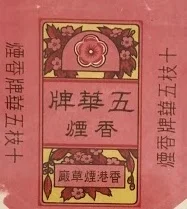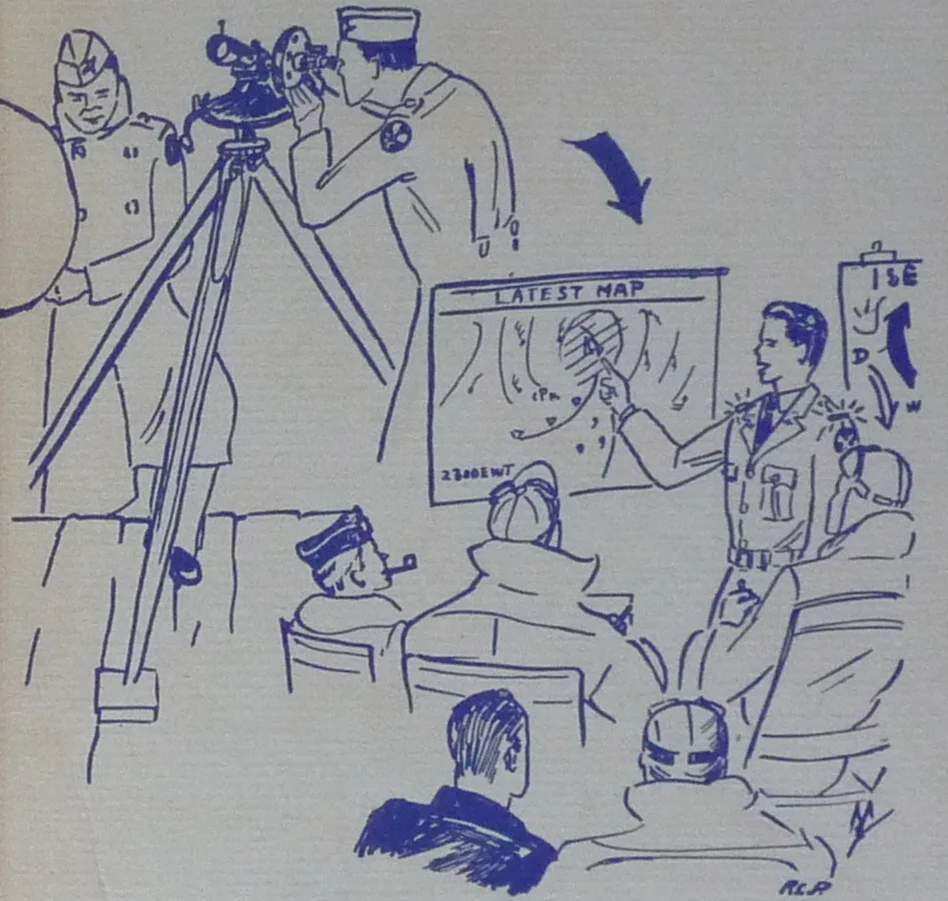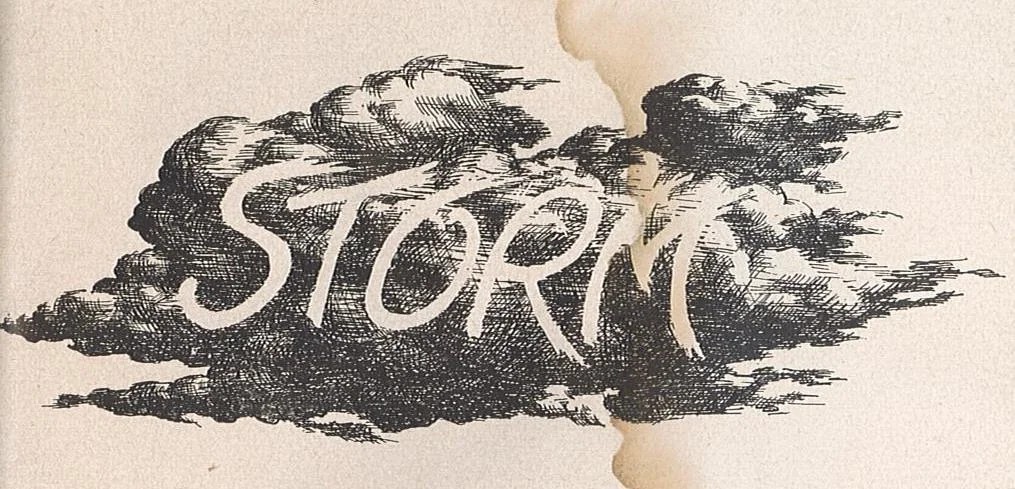Test Able, 1946
Test Able, by Ralston Crawford, painted in 1946.
“He liked custom-made suits and tailored shirts just as he enjoyed fine wines. His suspenders, however, were yellow” (1, p. 69). So an art critic described Ralston Crawford, a leading American abstract artist of the middle of the 20th century. Crawford’s early paintings and photographs captured the dynamism of the American industrial landscape; his later work peered into collapse and decay.
Like many American men, Crawford encountered meteorology as a result of World War II. He was already a recognized force in American painting when he was drafted in 1942. While resenting the sacrifice of the prime years of his career, he dutifully turned his talents to the war effort. He became Chief of the Visual Presentation Unit, Weather Division, in the Headquarters of the US Army Air Force. He produced a variety of meteorological graphics, experimenting with a new a visual language for representing forecasts. His weather maps accompanied meteorological paintings and photographs in a solo exhibition during 1944. Other work reached the public through a Fortune Magazine article depicting ways that weather affected the D-Day invasion.
Crawford continued to work with Fortune immediately after the War. Crawford was one of 126 reporters, and the only artist, brought by the military to cover the atomic bomb tests at Bikini Atoll in July, 1946. According to art critic John Heilpern, “when Crawford removed his protective glasses to witness the explosion with his naked eye, thereby risking blindness, his instinct was to turn to the medium of expression that could reflect his shattered feelings.” The explosion transformed Crawford’s artistic vision: “gone were the classic line, the monumental design, and the restrained palette of his earlier paintings. In their place, form itself exploded and splintered into purer abstraction” (1, p. 69).
While the blast affected Crawford’s vision, it was the “lingering death” of radioactive fallout that most affected his mind. The article that accompanied Crawford’s graphics noted the use of “two new radar and electronic devices, called rawin and rasonde” in predicting the path of fallout. “Meteorological bureaus will undoubtedly be the most important part of any future bombing teams,” it prophesied. “For, by accurate use of wind and weather, the bomb might be literally be made to rain death upon a sizable portion of any country” (4, p. 154). In case American readers failed to grasp their own imminent vulnerability, one graphic superimposed the Bikini fallout pattern on the East Coast.
Learn More:
1. John Heilpern, “Ralston Crawford's Gift of Selection,” Aperture, No. 92 (Fall 1983), pp. 66-76.
2. Edward Alden Jewell, “Weather Pictures Make Novel Show,” New York Times (January 7, 1944): Books Section, L 15.
3. Menconi and Schoelkopf Gallery, “Ralston Crawford (1906-1978)”. http://www.menconischoelkopf.com/artists/ralston-crawford/ (Last Accessed 11/22/2016).
4. “Bikini,” Fortune (December 1946): pp. 154-159.
5. Mona Hadler, “The Bomb in the Postwar Era: From the Sublime to Red Hot Candy,” Notes in the History of Art, Vol. 21, No. 1 (Fall 2001), pp. 38-4
Image Source:
While the original graphics all appeared in Fortune Magazine, the digital images reproduced here were scanned by Chris Mullen, and featured on his marvelous site, The Visual Telling of Stories, at fulltable.com.








